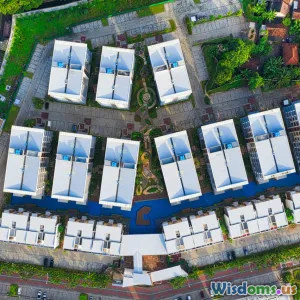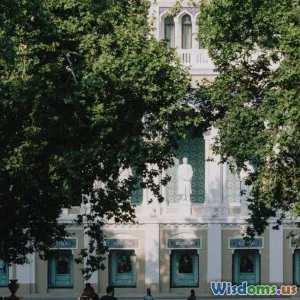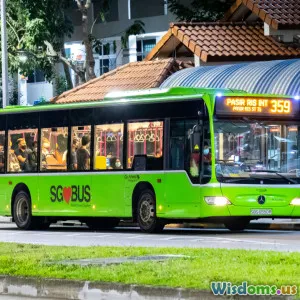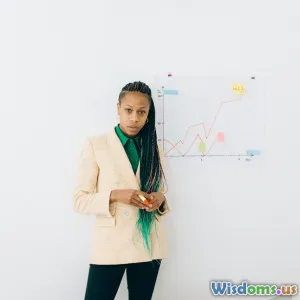
The Future of Urban Design: Trends to Watch
6 min read Explore the emerging trends in urban design shaping our cities' future. (0 Reviews)
The Future of Urban Design: Trends to Watch
Urban design is evolving rapidly, driven by technological advancements, societal changes, and environmental concerns. As cities around the world grapple with challenges like overpopulation, climate change, and social inequities, new trends are emerging that promise to reshape urban landscapes. In this article, we will explore some of these significant trends that are set to define the future of urban design.
1. Sustainable Urban Development
As climate change continues to threaten global ecosystems, urban planners are increasingly prioritizing sustainability. This trend encompasses a range of practices aimed at reducing the environmental impact of urban areas. For instance, cities are introducing green building codes, promoting the use of renewable energy, and enhancing public transportation systems to reduce carbon footprints.
Example: The 15-Minute City
One innovative approach gaining traction is the concept of the 15-minute city, where residents can access essential services—such as work, shopping, education, and healthcare—within a 15-minute walk or bike ride from their homes. This model not only reduces reliance on cars but also fosters local economies and community engagement.
2. Smart Cities and Technology Integration
The integration of technology into urban design is transforming how cities operate. Smart city initiatives use data and digital technology to enhance urban services, improve infrastructure efficiency, and engage citizens more effectively. From smart traffic management systems to intelligent waste collection, cities are leveraging technology to create more livable spaces.
Example: Barcelona's Smart City Approach
Barcelona has implemented a smart city strategy that includes smart lighting, energy-efficient buildings, and an integrated public transport system. By utilizing IoT (Internet of Things) technologies, the city aims to optimize resource use and enhance the quality of life for its residents.
3. Biophilic Design
Biophilic design is based on the idea that incorporating natural elements into urban environments can enhance the well-being of city dwellers. This trend encourages designers to create spaces that connect people with nature, whether through parks, green roofs, or natural light in buildings.
Example: Singapore’s Garden City
Singapore is a prime example of biophilic design in action. The city-state has integrated gardens, parks, and green walls throughout its urban landscape, fostering biodiversity and improving air quality while providing residents with tranquil spaces to relax and connect with nature.
4. Mixed-Use Developments
The shift towards mixed-use developments reflects a growing desire for communities that combine residential, commercial, and recreational spaces. These developments encourage walkability and reduce the need for long commutes, ultimately creating vibrant neighborhoods that support local businesses.
Example: Hudson Yards in New York
Hudson Yards, one of the largest mixed-use developments in the U.S., combines residential units, office spaces, and public areas, including parks and art installations. This project demonstrates how mixed-use spaces can foster community interaction while providing essential services.
5. Resilience Planning
As urban centers face increasing threats from natural disasters and climate change, resilience planning has become a crucial aspect of urban design. This trend focuses on creating infrastructure and strategies that can withstand extreme weather events and other challenges.
Example: New Orleans’ Resilience Strategy
New Orleans has developed a comprehensive resilience strategy that emphasizes flood protection, infrastructure upgrades, and community engagement. This proactive approach aims to prepare the city for future climate-related challenges while supporting its recovery from past disasters.
Conclusion
The future of urban design is bright, characterized by innovative trends that prioritize sustainability, technology, community, and resilience. As cities evolve to meet the needs of their residents and respond to global challenges, these trends will play a crucial role in shaping vibrant, inclusive, and sustainable urban environments. By embracing these changes, urban planners and designers can create cities that not only function better but also enhance the quality of life for all inhabitants.
Rate the Post
User Reviews
Popular Posts





















